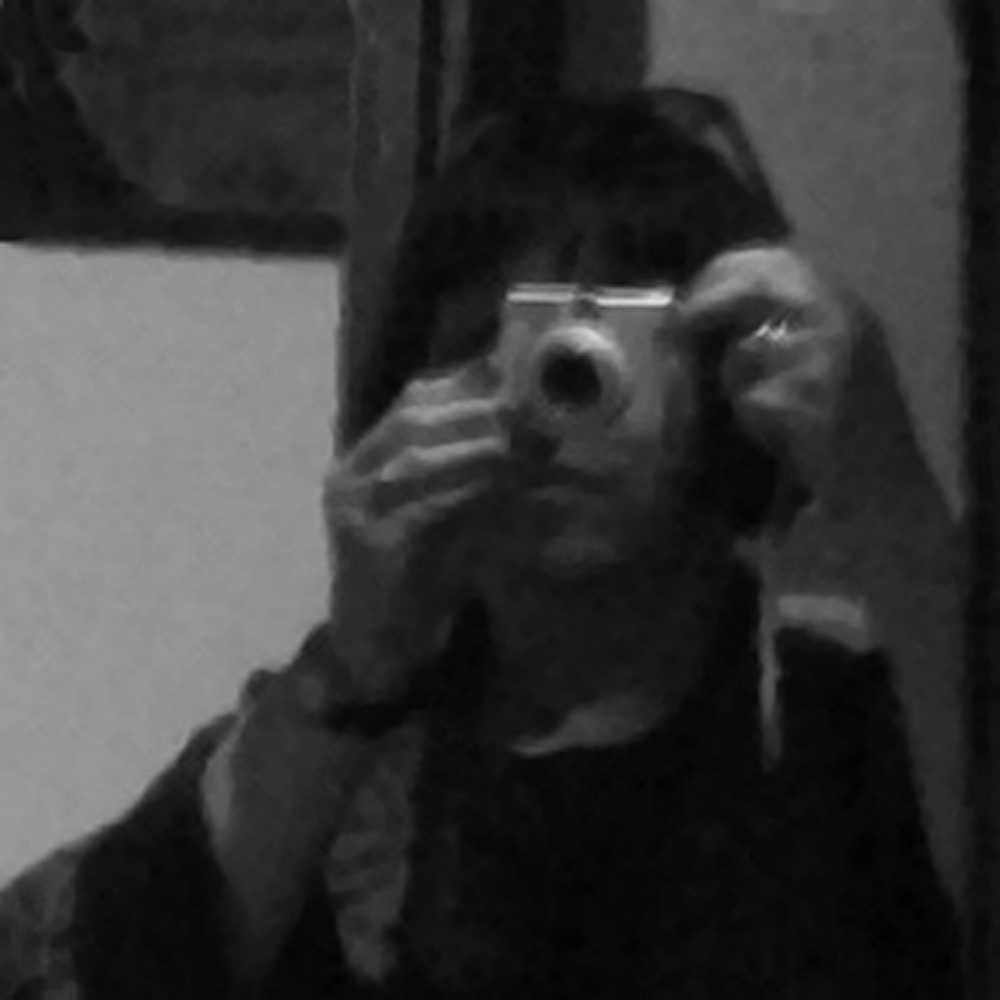Sonia Melnikova-Raich was born in Moscow in 1947 and has been living in San Francisco since 1987. She was trained as an artist and architect, with a Master's degree from the prestigious Moscow Architectural Institute. Her approach to photography is shaped by her background in painting and architecture. Influenced by the vision of Russian Constructivists of the 1920s and the photography of the Bauhaus movement, she is interested in exploring the abstract in the material world, drawing the viewer's attention to the inner geometry of the photograph and its compositional structure. Her
Light+Shadows series, which revolves around the mystery of perspective and geometry created by light and darkness in the architectural image, was inspired by the words of the famous American architect Louis Kahn: "The sun never knew how great it was until it hit the side of a building."
Distinct from her high-contrast architectural photography, many of Sonia's other works (
Within My Sight, Råbjerg Mile Dunes, Waking Dreams, and other series) explore the poetry and mystique of low-light environments, capturing fleeting moments, barely visible, ambiguous or disappearing things. She feels a strong affinity with the Japanese philosophy and aesthetic of wabi sabi, with its reverence for the subtle beauty in old and simple things, and focus on transience and impermanence. She believes that photography is the best medium to express these concepts, as each photograph is inherently an image of disappearance, a reflective connection to the past forever stamped by time.
Since 2005, Sonia's photography has been exhibited locally, nationally, and internationally. In addition to three solo gallery shows in San Francisco, her photographs have been exhibited at LoosenArt Gallery in Rome, Fotogalerie Friedrichshain in Berlin, and various venues in the USA, with some of her works in the permanent collection of the Lafayette Public Library in California. She has been among the winners in many juried competitions, had her works featured in professional photography journals, and was listed in 100 Hot Photographers of 2022 and 2023 by YourDailyPhotograph.com, the project by Duncan Miller Gallery in Los Angeles, an internationally recognized gallery specializing in 20th and 21st Century fine art photography.
Winner AAP Magazine #30 Shadows